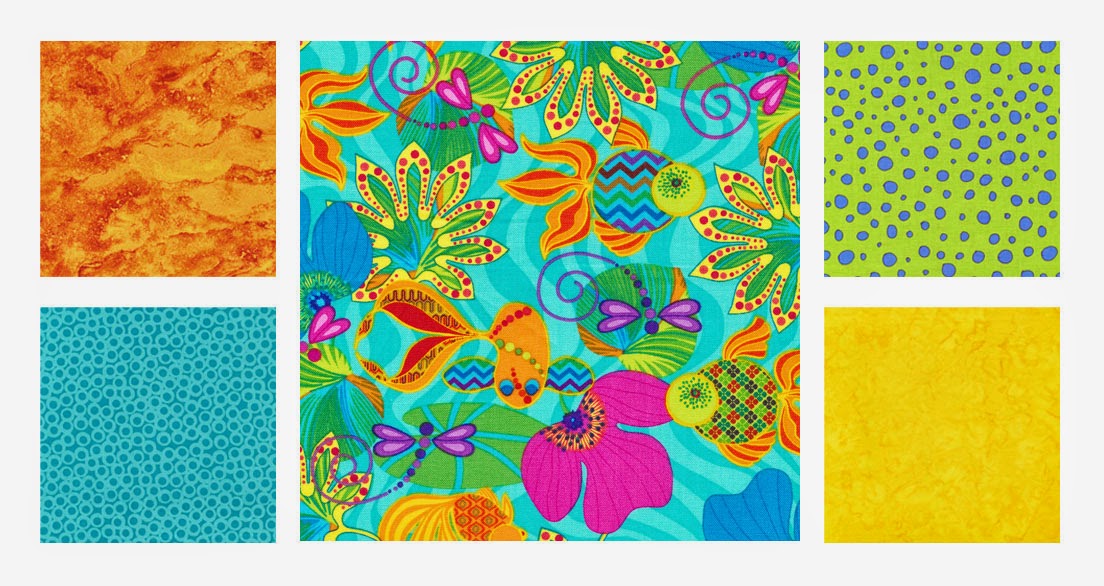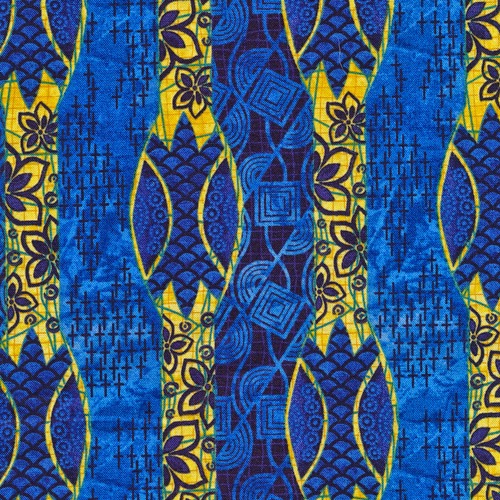We're really feeling the vibe of Ro Gregg's new collection, Vibe, and think you will too! The designs are organic with a contemporary feel, and the colorways are oh-so-appealing. Which catches your eye--the red/black/gray, or the blue/yellow combo?
Q. How did
the Vibe collection come to be?
Ro: I wanted to put
together something that had a very organic look to it. To make a statement with
more texture, multi textural surfaces, something that looks organic yet is
geometric as well. It' s a mix of abstract and it can also evoke an ethnic
vibe. It's somewhat avant garde in nature.
Q. Which
print started it all?
Ro: What started it
was the stripe. I worked with the it, putting different components in it. From
the stripe I pulled out some of the coordinates. For example, if you look at
the red patchwork—it has waves, flowers, and leaves, and that's what I wanted
to achieve. Much of the collection is pretty much a play on multi-texutral
patterns that have backgrounds to them and working towards an organic feeling.
Q. We love
the two colorways you used! What can you tell us about them?
Ro: I started with
the rich reds, blacks and grays. But indigos are still so strong, so I picked
them for the second colorway. I knew that I wanted to add yellow—the blue and
yellow combination is trending back into popularity.
What I really love is that you can cross over the
colorways (see the link for the free quilt pattern at the bottom of this post!)—because of that contemporary look. These patterns would look good in
anything—they sort of breathe life into the different colors.
Q. Do you
have a favorite print in the collection?
Ro: The stripe is a
favorite, and the patchwork. The stripe is so optical—all that surface and
texture.
In addition to being sold as straight yardage, Vibe is available in red/black/gray and blue/yellow fat quarter bundles;
and 5" squares;
and a multicolor snack pack!
Use the snack pack to make this contemporary lap quilt,
Lucky 13, designed by Jessica Smith.
Find the free pattern for this quilt here.
See the entire collection here.


















































